Jeremy Adelman is Director of the Global History Lab at Princeton University.
Andrew Thompson is Co-Director of the Global History Centre at the University of Oxford.
The contest over national symbols and stories is shifting into higher gear as the drive to topple statuary and rename institutions moves past the usual suspects of Cecil Rhodes, Woodrow Wilson, Confederate generals, and Belgium’s King Leopold II.
The British Museum, for example, has removed from prominent display a bust of its slave-owning founder, Sir Hans Sloane. “We have pushed him off the pedestal,” observes the museum’s director, Hartwig Fischer. Similarly, just a week earlier, a desecrated statue of Voltaire in Paris’s tony 6th arrondissement was whisked away for its own protection.
Everywhere, it seems, cultural artifacts that once hid in plain sight are being scrutinized for their connections to empire or slavery. But even when those deemed worthy of removal are gone, the Great Reckoning will not be over.
In fact, the current trend seems to be moving us even further away from a genuine reconciliation with the past. Instead of producing new, inclusive stories of peoplehood, we are witnessing a violent clash of public narratives and a backlash against what some see as decolonization run amok. This contest is on full display ahead of the US elections this November. “Sorry liberals!” one pro-Trump group recently tweeted, “How to be Anti-White 101 is permanently cancelled!”
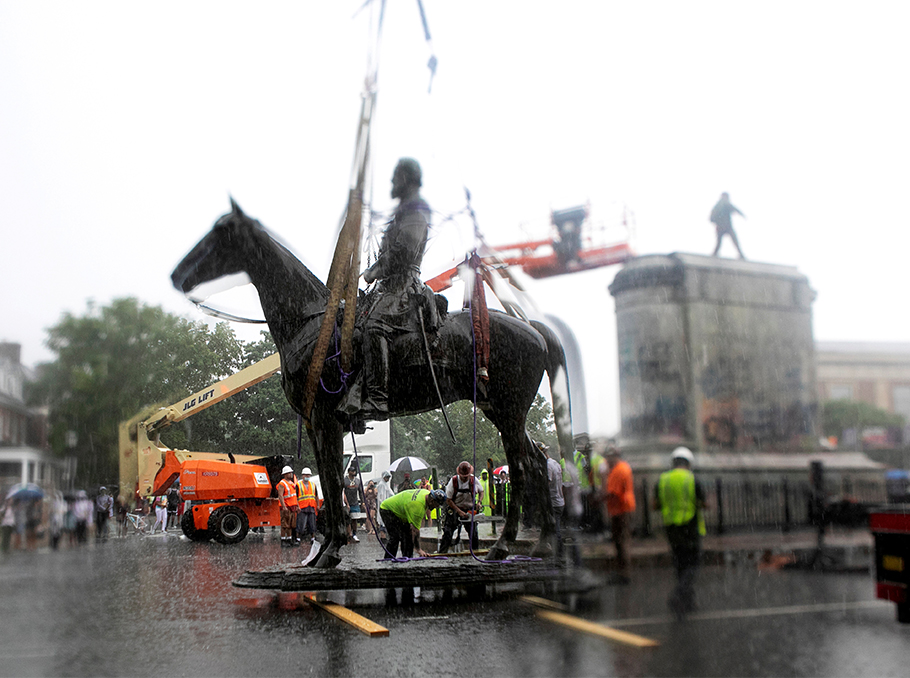
Photo: REUTERS
In any case, those who would seek a new consensus after the statues have already come down tend to miss a basic point in the debate over national history. Reckoning with the past is not a discrete event, but rather an ongoing process, especially when it comes to dealing with deep, systemic injuries. Throwing statues into harbors might play well in the media, but rarely do such acts resolve the underlying issues.
Moreover, there is a deeper history to the current cultural impasse, and it shows that quick fixes will not come easily. Many of the statues that have been called into question were installed at a time when Western countries defined themselves largely through territorial ambition. In that sense, the white imperialists who dominate our public squares have always been beacons of a highly selective gaze. Their presence tells us more about the people who erected them than about the subjects themselves.
We are now caught between an outdated style of patriotism and a fatigued pluralist alternative. The old national narrative that drove the boom in monuments was born in the heyday of empire and burnished in the twentieth century’s world wars, when founding heroes and myths served as a unifying force. But starting in the 1960s, civil-rights movements, feminism, and an influx of immigrants pushed Western societies to become more inclusive, and the old emblems of patriotism looked increasingly outré.
The idea underpinning the pluralist alternative that supplanted the old patriotic narrative was to let many stories bloom, to bring new voices to the fore, and to embrace diversity as the path to coexistence. But pluralism never commanded the same power as the old narrative had. Tolerance seldom led to recognition – to seeing the world through others’ eyes – and, as long as the emblems of the old order stood on their pedestals, marginalized groups’ objections were bound to intensify. When the weak consensus around globalization broke down following the 2008 financial crisis, so, too, did the fragile pluralist framework.
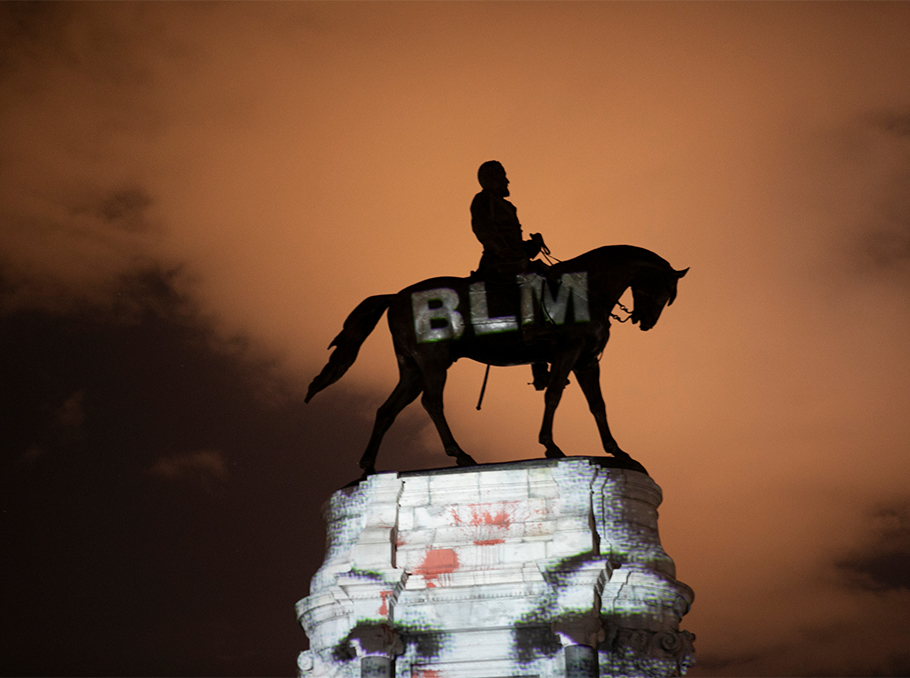
Photo: REUTERS
Now, we face an impasse. Entrenched defenders of the old patriotic story feel their world slipping away, while advocates of a new pantheon view the previous one as a source of arbitrary hierarchy rather than unity. Feeling bruised and victimized, each side has weaponized history, creating a my-story-versus-your-story, winner-takes-all standoff.
The Great Statue Reckoning has served as a lightning rod for wider societal frustrations. Even without the COVID-19 pandemic, the last decade had snuffed out any sense of progress toward a new, brighter future as political, generational, and geographic polarization deepened.
How can we break the impasse? The purpose of museums, like universities, should be to promote an open and inclusive yet critical dialogue about the past. Because this requires the exchange of competing narratives, it is not a “safe space.” But nor can such an exchange occur without a mutual recognition of others’ grievances and losses.
If we are to avoid becoming prisoners of the past, we must acknowledge that what some see as a tale of conquest and discovery, others see as a story of domination and exploitation. It is no coincidence that the contested statues are overwhelmingly white and male. For black people, indigenous peoples, and other marginalized groups, living under the stony gaze of asserted superiority is now simply intolerable.
As long as the old patriot narrative endures, critics and challengers will forever have to ask to be admitted and tolerated, and to request monuments of their own, provided there is space for them. Far from representing recognition, such accommodation serves as a cunning way to leave the symbolic hierarchy intact.
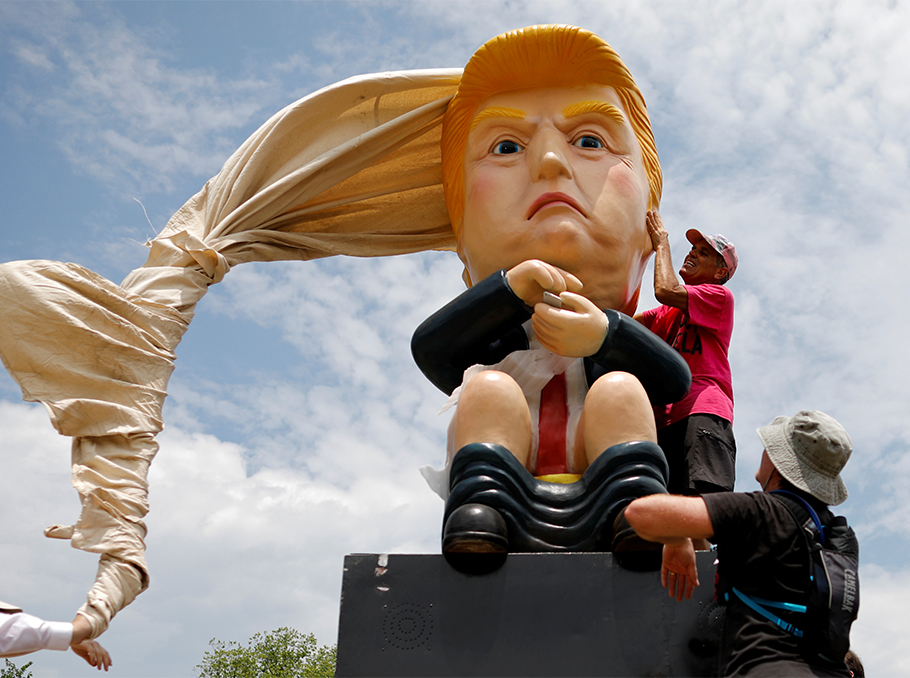
Photo: REUTERS
But recognition is a two-way street. While traditional patriotic champions must confront how their myths deny others, their critics need to acknowledge the difficulty the fallen now face: seeing one’s own narrative being toppled. It is not easy to accept that a longstanding source of pride should suddenly become an object of shame. It is understandable that advocates of the old narrative would resist this change. Letting the old symbols go is a sacrifice worthy of acknowledgment.
Of course, there will be arguments over whose act of recognition shows the biggest heart. Is it the old patriot, asked to view a heroic general as someone else’s oppressor? Or is it the oppressed, asked to see that they are not the only ones paying a price for overcoming the cultural impasse? We can argue about that. But this type of disagreement would be much better than the current displays of intolerance that are now dominating the public square.
Copyright: Project Syndicate, 2020.








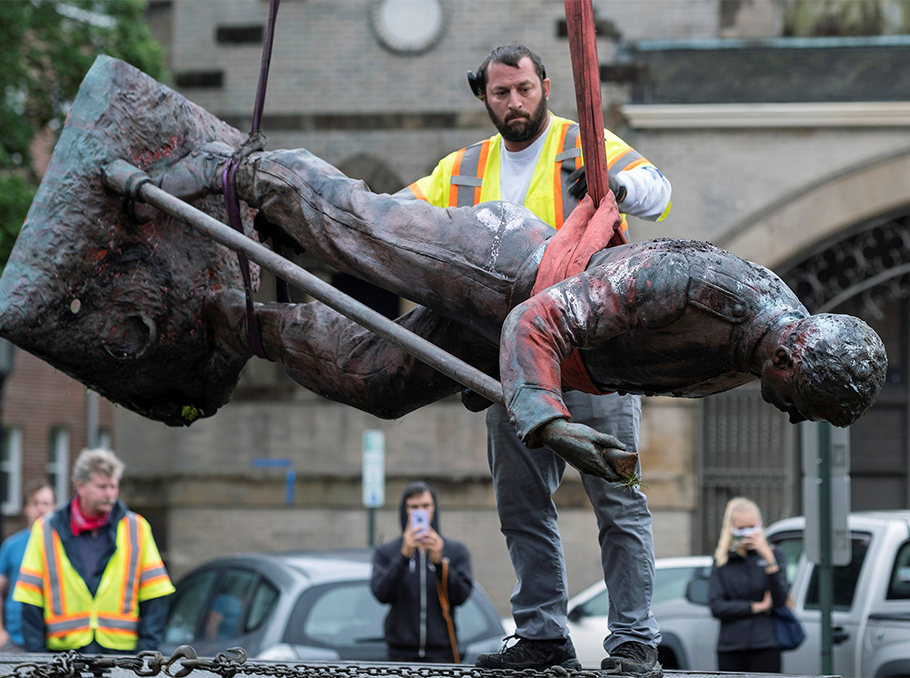

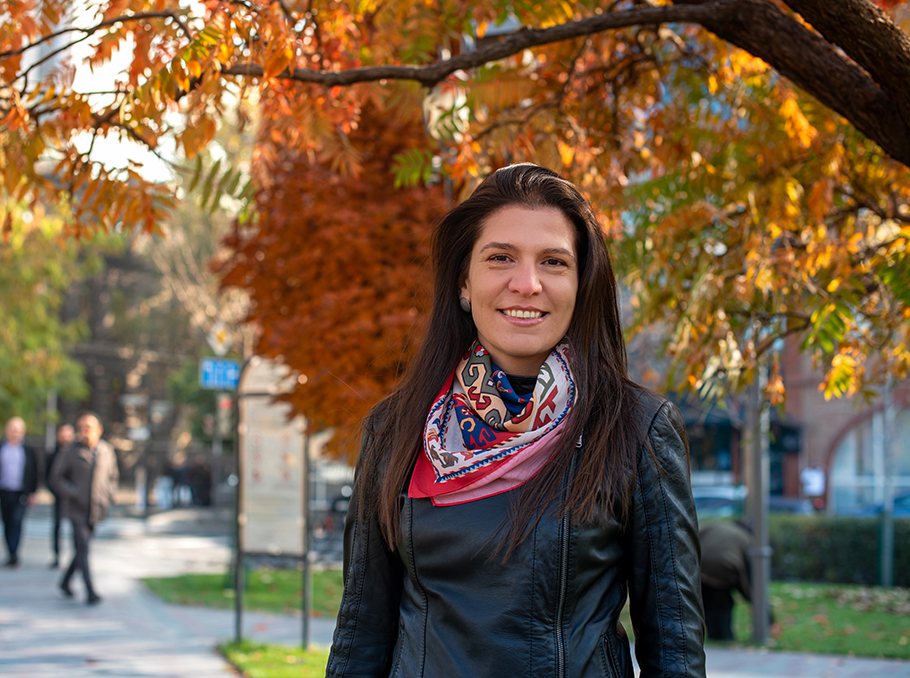
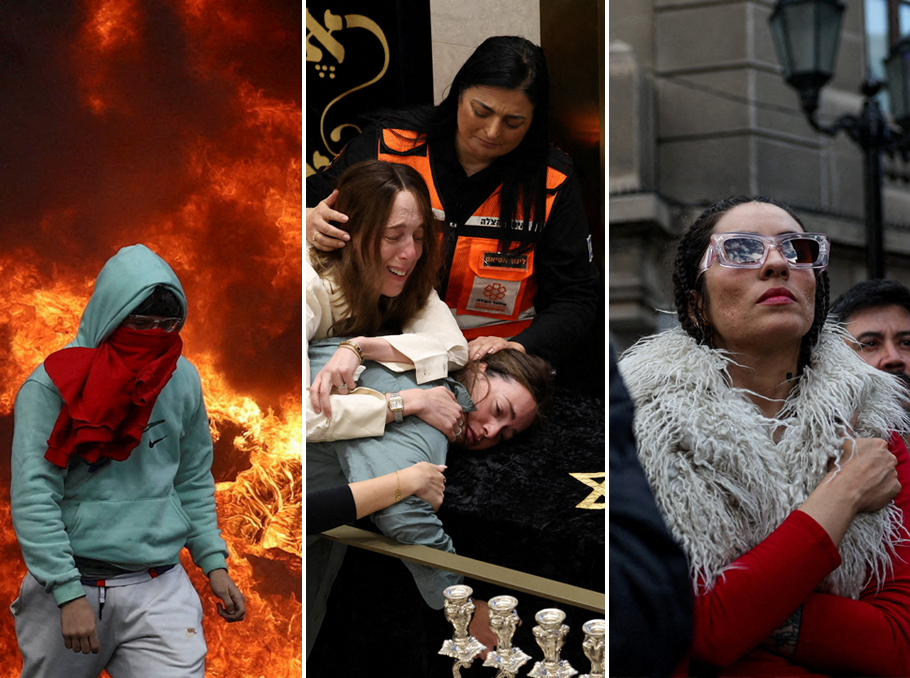
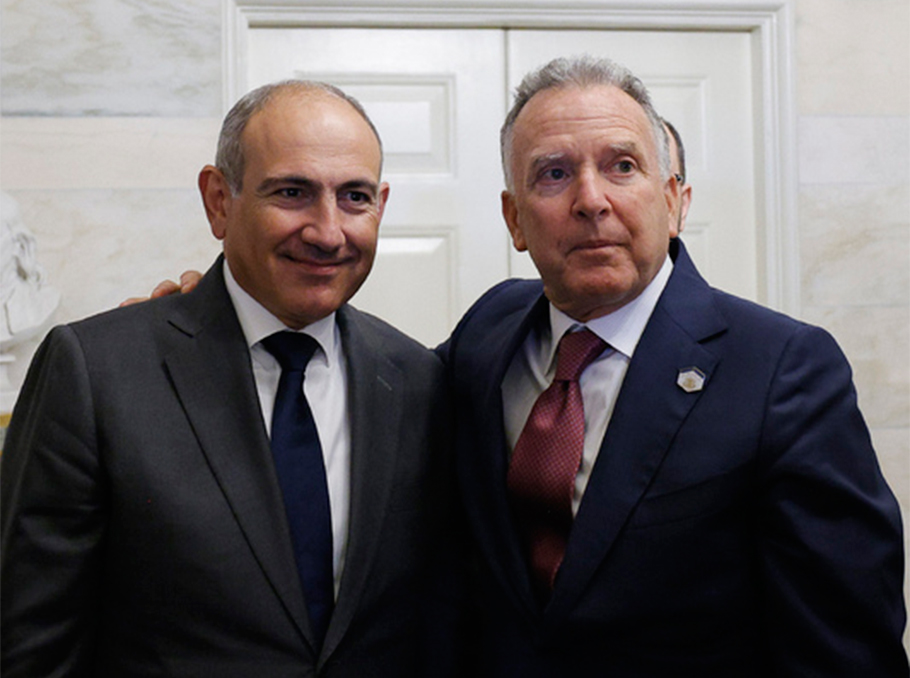







Comments
Dear visitors, You can place your opinion on the material using your Facebook account. Please, be polite and follow our simple rules: you are not allowed to make off - topic comments, place advertisements, use abusive and filthy language. The editorial staff reserves the right to moderate and delete comments in case of breach of the rules.